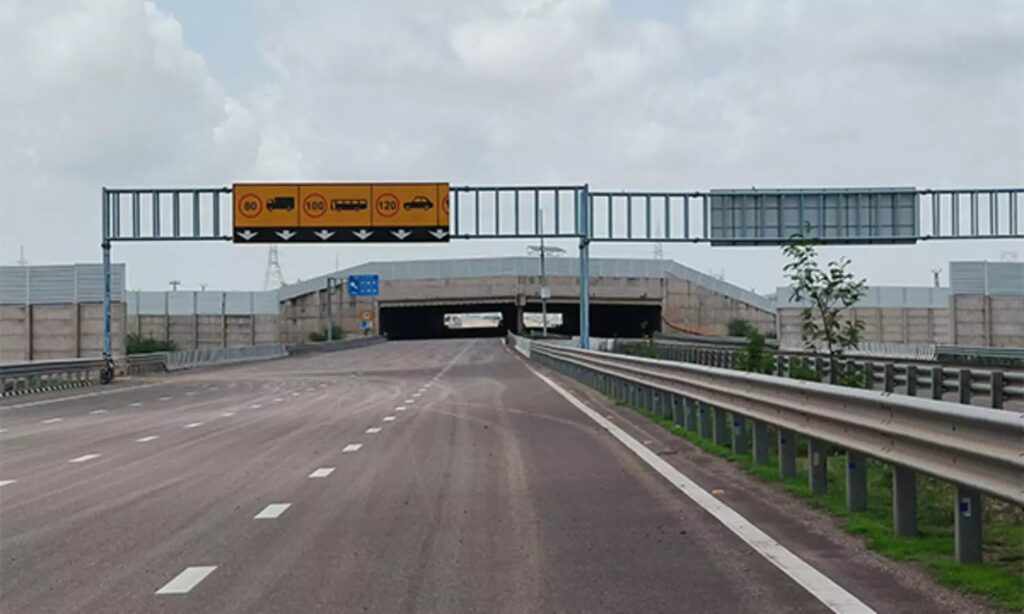The National Highways Authority of India (NHAI) has developed the country’s first dedicated wildlife corridor on a national highway. This 12-kilometre stretch is part of the Delhi-Mumbai Expressway and runs through the buffer zone of the Ranthambore Tiger Reserve in Rajasthan. It features five wildlife overpasses and India’s longest underpass built exclusively for animal crossings.

Designed for Safe Coexistence
This is the first time an expressway in India has been designed with equal importance given to human transportation and wildlife safety. The corridor was developed in collaboration with the Wildlife Institute of India and the Ministry of Environment and Forests. It passes through an ecologically sensitive area between the Ranthambore and Chambal Valley, home to species like tigers, leopards, and bears.
Complex Yet Eco-Sensitive Engineering
Pradeep Attri, NHAI’s Regional Officer, explained that this was one of the most challenging parts of the expressway. He said the goal was to protect animal habitats without affecting construction quality. Overpasses of 500 meters each were constructed along with a 1.2-kilometre-long underpass, allowing large animals to pass safely. Around 5 kilometres of the highway were either elevated or built below ground level to maintain the natural terrain.
To reduce noise and avoid animal interference, the corridor also includes a 4-meter-high wall and 2-meter sound barriers. Workers closely monitored the area during construction to ensure no wildlife entered the work zone. As a result, no animal incidents were reported, and post-construction footage has shown tigers and bears using the crossings.
India’s Longest Wildlife Overpass Stretch
Out of the total stretch, 2.5 kilometres were perfectly aligned with natural animal trails, making it India’s longest continuous wildlife overpass section. This corridor has also integrated several green features such as the planting of 35,000 trees, drip irrigation to conserve water, rainwater harvesting every 500 meters, and modular construction techniques that reduce material waste.
A National Model for Eco-Friendly Highways
This project now serves as a model for future expressway developments across India. It highlights how large infrastructure can be built without harming the environment, offering a sustainable blueprint for balancing growth with conservation.
